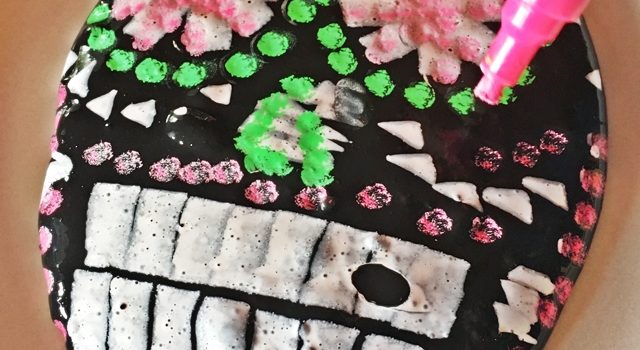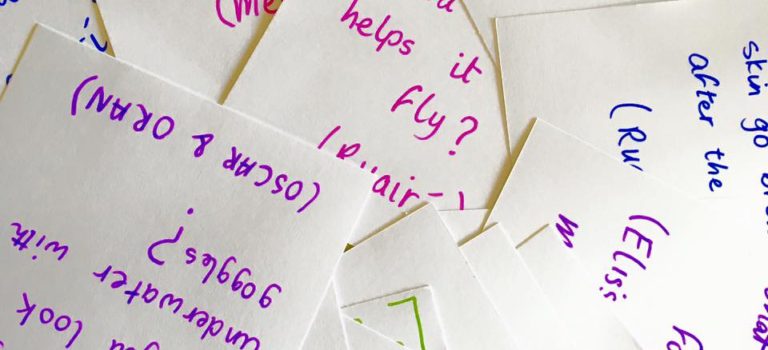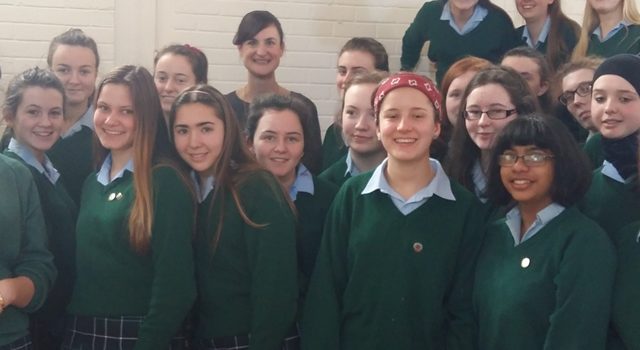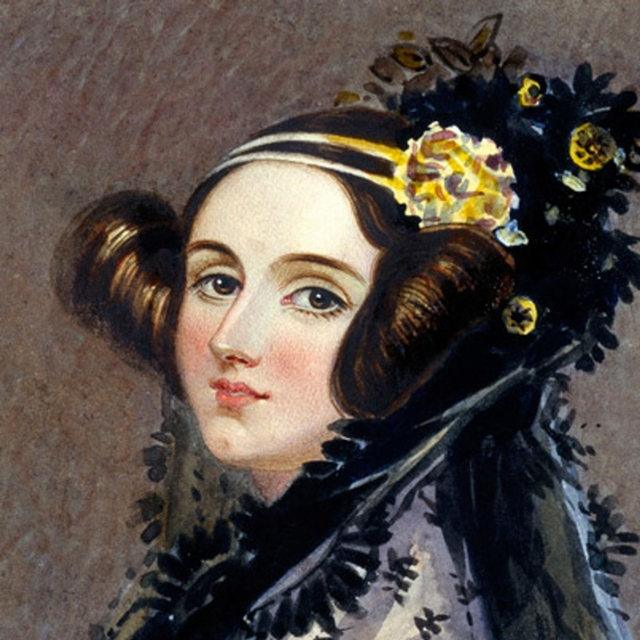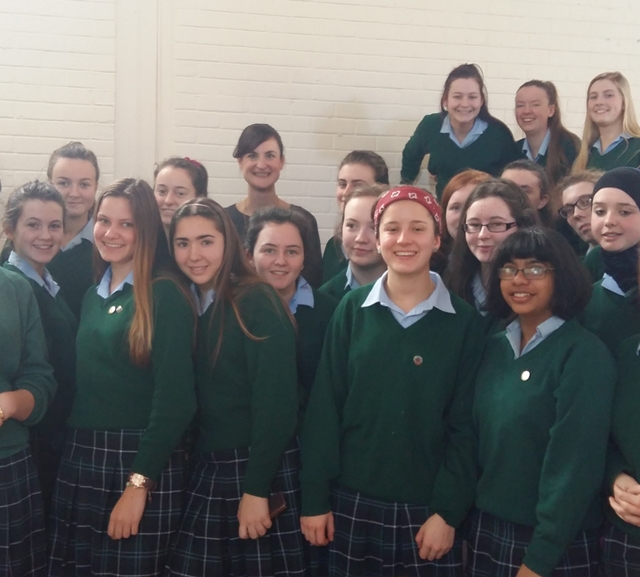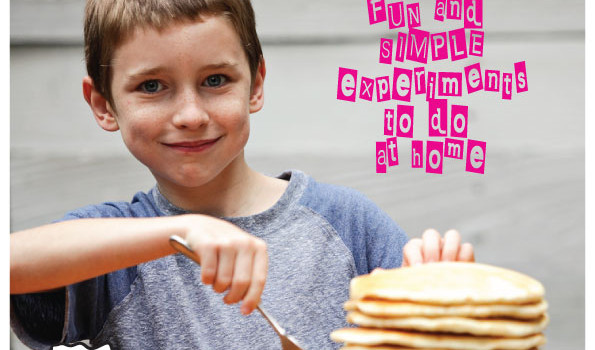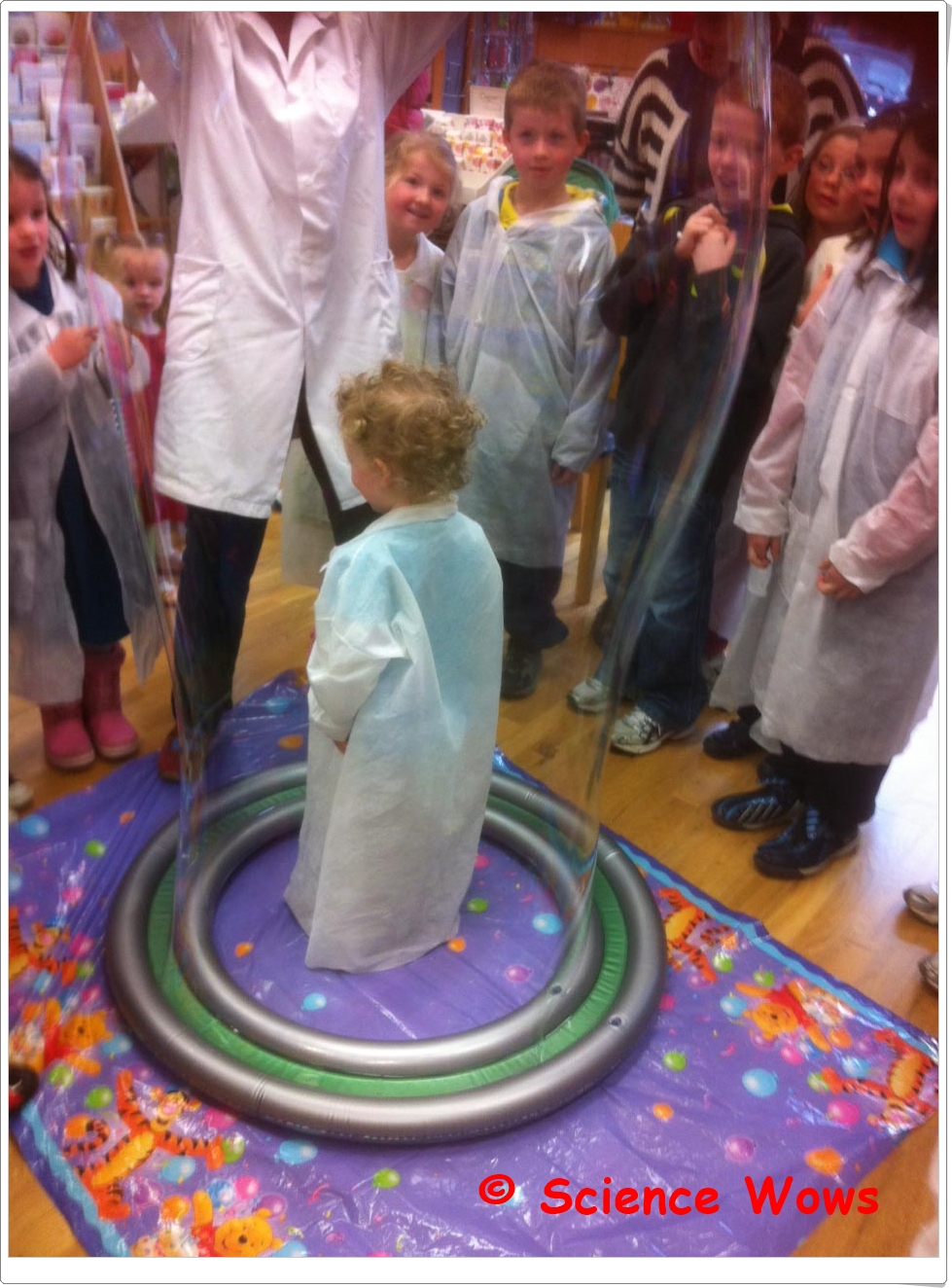We love questions here at the Science Wows HQ; We generate a lot on a daily basis, and we answer many too. I was delighted to try out the new Facebook live tool for a Q & A session and got to answer lots of question sent in on all the STEM topics (Science, Technology, Engineering and Maths). Many of these questions were sent in by children, and, from the quality of the questions, and the inquisitive minds behind them, I am sure these are the STEM experts of the future.
If you sent in your question – thanks so much! If you want to send one in for another time then leave your question in the comments below or drop me a line.
Here is the video, if you missed it, or want to rewatch, I hope you enjoy and maybe pick up some new facts.
Here are all the questions asked; If you want to find the specific answer to that question in the video I have included how many minutes into the video it was answered. Under each question below is an additional fact, not included in the video… for some extra WOW!
Oran and Oscar wanted to know…
“Why is it blurry when you look underwater with goggles?” (1 min 20 secs)
Did you know that… if you get a really good pair of goggles or a scuba mask, then that extra air between the glass and your eyes will correct for the blurry vision problem and the light entering your eye will be bent correctly, allowing for a nice clear image? In fact, you may even see things clearer and larger – the mask can make things appear up to 33% larger and 25% closer!
and
“Why do crickets make that noise and where do they go during the day?” (5 mins)
Did you know that… crickets need warm weather to chirp, as they are cold blooded creatures. If the weather gets too cold they will not be able to generate enough energy for their normal chirps and their sounds will actually slow down or stop!
Elissa, Nia and Matthew asked …
“What are mosquitos for?” (12 mins)
Did you know that … the annoying buzzing sound we hear when a mosquito is near is the sound of their wings flapping at an amazing speed of 300 to 600 beats a second? That still doesn’t make the sound any more pleasant though, does it?

Photo credit: James Gathany (CDC)
Dermot is obviously an environmental thinker as he wanted to know …
“How do you convert wind power into electricity?” (11 mins)
Did you know that… humans have been harnessing the power of the wind for a very long time? The first windmills date back to 200B.C.
Ruairí had lots of questions, like …
“Why does your skin go brown after the Sun?” (17 mins 40 secs)
“Did you know that… the more sun exposure we get, the more the melanin producing cells move closer to the surface of the skin. We look like we are getting a darker tan but, more importantly, the melanin absorbed the harmful UV rays from the Sun, protecting our skin from damage.”
“What’s in the centre of the Earth?” (23 mins 30 secs)
Did you know that… scientists estimate that the temerpature of the Earth’s core is 6,000 Celcius? That is about the same temperature as the surface of the Sun.
“What’s inside a leaf?” (27 mins 30 secs)
Did you know that the colour changes we see in leaves in Autumn are due to different pigments inside the leaves? The colour we see depends on which pigments are present. Some pigments are more dominant than other so if they are present in the leaf they dictate what colour the leaf is. Some pigments we find in leaves are choropyl (green), Carotene (orange/yellow), tannin (brown) and anthocyanin (red/purple).
“What is inside a bird that helps it to fly?” (20 mins 30 secs)
Did you know that… some birds, such as ostriches, penguins and Emus are too heavy to fly? These birds (called ratites) are thought to have started out as flighted birds but have evolved flatter breastbones, shorter wings, weaker pectoral muscles and heavier bodies.
and…
“Why is fruit good for us?” (7 mins 30 secs)
Did you know that… tomatoes are actually considered fruit and that raspberries and strawberries are not true berries, but bananas are?
Emily asked…
“Why does your skin go wrinkly in the bath?” (4 mins)
Did you know… it takes five minutes of constant exposure to fresh water for the wrinkles to appear on our fingers, palms, toes and soles of our feet? It takes even longer when in sea water.
Amanda, from Spider Working, is a real lover of cats and she wanted to know…
“Why do cats have whiskers?” (24 mins)
Did you know that… cats are longsighted so their super sensitive whiskers allow them work out everything in their close environment with greater detail? This is particularly important when deciding when to pounce on their prey.
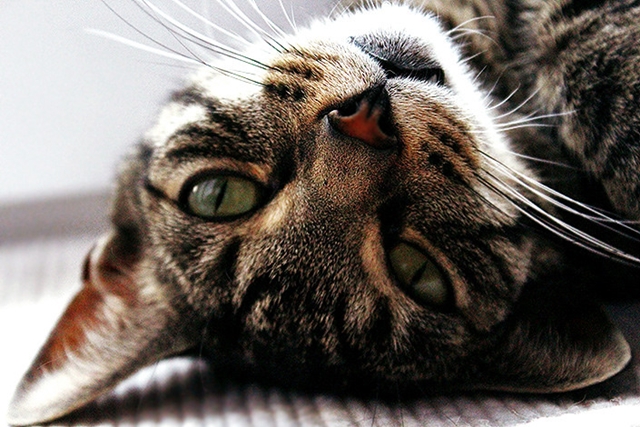
photo credit: Let's Play via photopin (license)
With a child in this house with an allergy to dust mites, I had particular interest in a question sent in from Jack, asking…
“Where does dust come from?” (9 mins)
Did you know that… the Sahara desert is the largest source of dust in the world? It can produce more than 60,000 kg of dust per year.
Harry would fit in well in this house, with all his questions, such as…
“How do aeroplanes fly in the sky?” (19 mins 30 secs)
Did you know that… the first powered aerplane was made in 1903 by the Right brothers?
“Why do people have hearts?” (21 mins 50 secs)
Did you know that the heart pumps more than five litres of blood around the body in one minute?
and…
“Why is there no dinosaurs?” (15 mins 40 secs)
Did you know that… birds are considered to be modern day descendants of dinosaurs?
I loved this question in from Meabh…
“Why do monkeys like bananas?” (26 mins 25 secs)
Did you know that… although monkeys like the sweet taste of bananas, they do not actually eat many in each day? Monkeys kept in captivity usually get no more than one banana a day, their diet is balanced with lots of other fruit, vegetables, seeds and nuts.
Cathal sent in a question while on holidays; he wanted to know…
“Why do you always feel cold when you get out of the pool, even though it is hot out?” (30 mins 10 secs)
Did you know that… the water that stays on our skin after the pool, or a shower, eventually evapourates into gas? To do this it need some heat energy, and some of this heat energy is taken from out bodies, making us feel extra chilly.
And finally, A question in from four brothers… Brendan, Liam, Iarla and Conor; these boys rescued a dying bumble bee by feeding it a sugar solution. They wanted to know…
“If the sugar thing really worked and why was the bee so shaky afterwards?” (28 mins 35 secs)
Did you know… to make a sugar solution to revive a tired bee, mix about two tablespoons of white, granulated sugar, with one tablespoon of water.
A big thank you to The Busy Mama’s, Awfully Chipper, Office Mum, Wonderful Wagon, Dairy Free Kids, Bumbles of Rice, Learner Mama, Simply Homemade Blog and Get Crafty for sending in some of these questions!
I really hope you enjoyed this, I’d love to do it again so please do share your questions for the next round and let me know what you think! Just pop your questions or feedback in the comments below.
